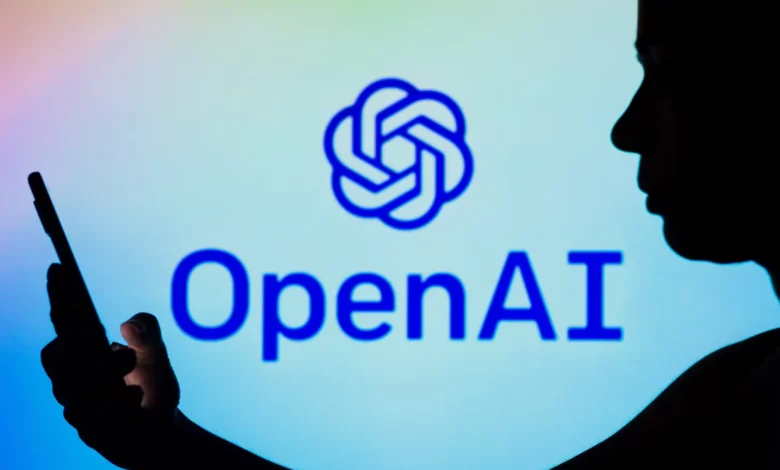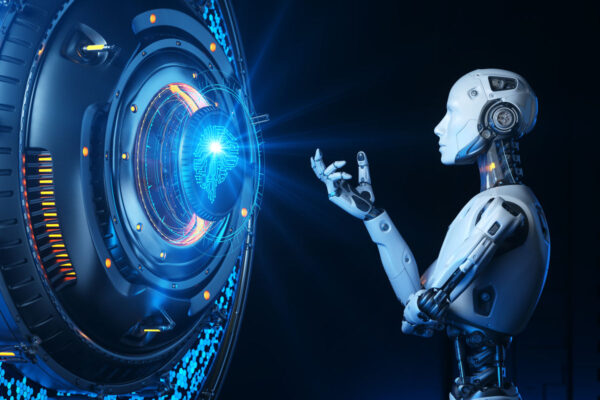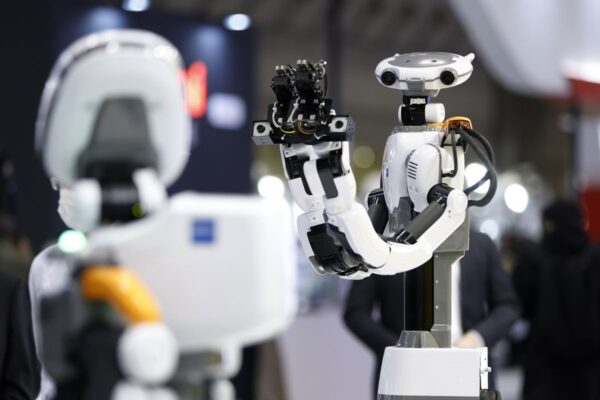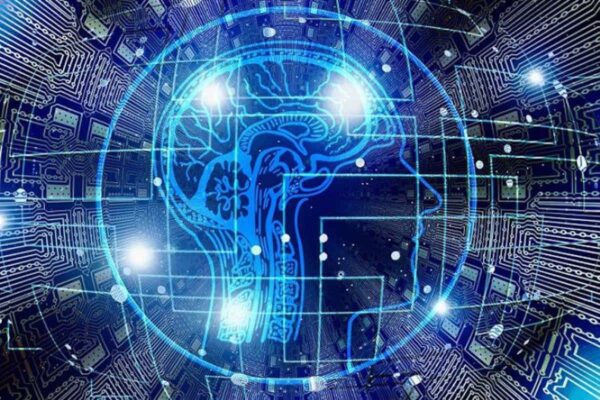OpenAI’s chatGPT was introduced last week, now utilized by around 1 million people in 6 days: CEO

OpenAI’s chatGPT was introduced last week, now utilized by around 1 million people in 6 days: CEO
OpenAI’s ChatGPT, the AI-powered chatbot that has gone viral on social, has attracted over a million monthly active users in the weeks after it must have been revealed to the user’s access. On Wednesday of last week, ChatGPT was released to the general public for beta testing. Sam Altman, the CEO of Open, verified this in a tweet. When asked if the company planned to charge for ChatGPT in the future, he said, “we would want to commercialize this somewhere at a certain moment,” calling the service’s operational costs “sight.”
Elon Musk, the CEO of Twitter, also asked Altman how much an OpenAI chat typically costs. This is “likely single-digit cents per chat,” according to Altman, who added that they are “working to find out more precisely and also how we can optimize that.”
It’s interesting to note that Musk also tweeted that OpenAI has temporarily paused using Twitter’s database for training. He claims that OpenAI was once an open-source and non-profit organization but that this is no longer the case, and that he “needs to learn more about governance structure & income plans going ahead.”
Describe ChatGPT

Simply put, ChatGPT is an AI-powered platform that acts as a virtual assistant, fielding questions from users and providing answers using machine learning. It was developed by the corporation so that consumers could get responses that were both technical and plain-spoken.
As an example, we questioned the mechanics and philosophy of how ChatGPT works. Technically, the answer is: “OpenAI developed an NLP model called ChatGPT for natural language interpretation. The concept was built on a foundation of transformers, and extensive discussion information was used in its development. It is designed to appear human when responding to user input, allowing for casual conversations with digital assistance.”
But here’s the short and simple answer: “In ChatGPT, a robot framework is developed with a sizable amount of dialogue content. This paradigm enables replies to user input that closely approximate human reactions, allowing for real exchanges with a digital assistant.”
In order to make the chatbot more humane, the company claims that it uses Reinforcement Learn through Human Feedback (RLHF) technologies. It is based on GPT-3.5, a supervised neural language model that creates text that sounds like human speech. Customers may get different responses if they re-ask the same inquiry in the future. This is because as the chatbot matures, it will employ ai techniques to more accurately comprehend user requests.
How is ChatGPT put to use?

Whenever the evaluations are complete, OpenAI will make the technology behind ChatGPT accessible to companies that employ chatbots. The chatbot, for example, can be deployed by students, as administrative assistants (to make it easier for people with tasks like organizing, appointments, and some other daily chores), and also for the help desk.
To conduct this experiment, we used Google and ChatGPT to ask about prospects for Economic growth. Google provides an answer based on the latest relevant headline article it can find. Contrarily, ChatGPT provided a less specific answer, which some people may have preferred, but it is data-deficient (for now).
Can Google be replaced by ChatGPT?
Considering that ChatGPT is a chatbot and Google is a web browser, the quick response is no. Nevertheless, both devices share the identical foundational objective, which is to give consumers responses to a variety of questions. By leveraging NLP techniques, ChatGPT is able to simulate human conversation. Google, however, was created primarily to help people find data online.
What are ChatGPT’s restrictions?
OpenAI claims that ChatGPT’s knowledge is limited to incidents that unfolded prior to actually 2021 and that it sometimes gives out erroneous data. The guidelines state that it could possibly “provide harmful advice or biased materials.”
There are numerous tweets that emphasize its advantages. According to that, numerous people have also pointed out its flaws. For example, the chatbot had trouble answering our questions regarding particular countries.
When we inquired about the iPad Pro 2022’s support for Airtel 5G, ChatGPT said, “I am unable to access the internet, so I am unable to say whether or not the iPad Pro 2020 supports Airtel eSIM. Even if I had access to the internet, my training data only goes through 2021, therefore I might not have the most current knowledge on this subject.”
Can humans be replaced by ChatGPT?

Concerns have been raised about the possibility of the jobs of writers, educators, developers, and journalists—professions that depend on the development of ideas outdated.
From its inception, it has been used by both academicians to generate solutions to exams that they assert could obtain perfect scores if presented by an undergraduate and developers to swiftly address programming issues in specialized computer languages.
Technology could replace journalists because it can produce written language that looks and sounds like human speech, some people claim it. Nevertheless, the chatbot is still too simplistic to perform the duties of a decent journalist, and it has no creativity, reasoning skills, and ability to value judgment.
Following 2021, when the current information database is no longer updated, some questions and searches may no longer be relevant. The company claims that ChatGPT can also provide “reasonable yet wrong or illogical responses” that present false knowledge as factual.
To make matters worse, OpenAI claims that supervised training might be deceptive “since the definitive solution relies on what the system thinks, instead of what the human speaker understands,” making it harder to remedy the problem.
edited and proofread by nikita sharma




